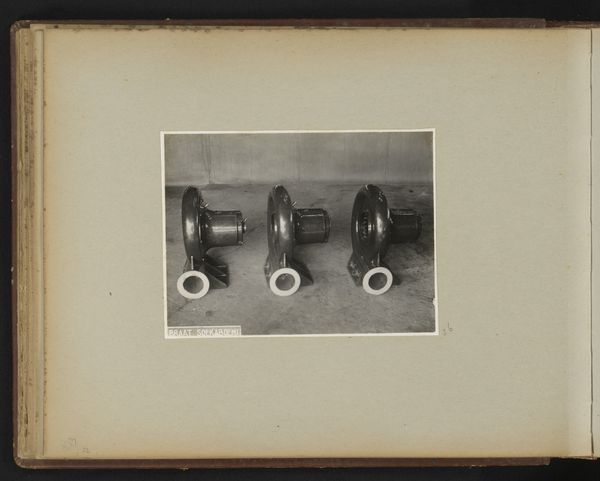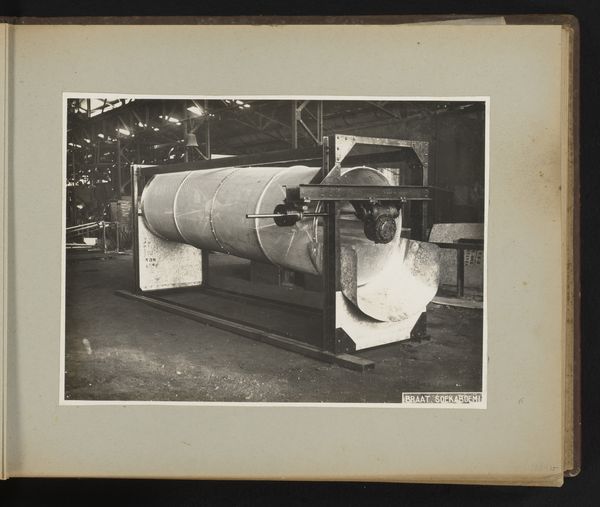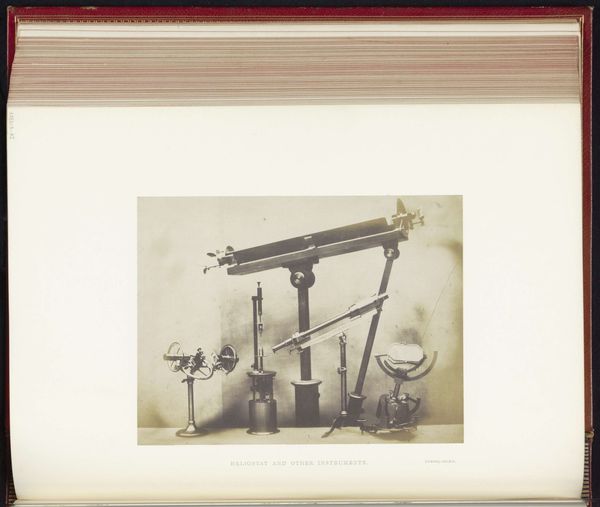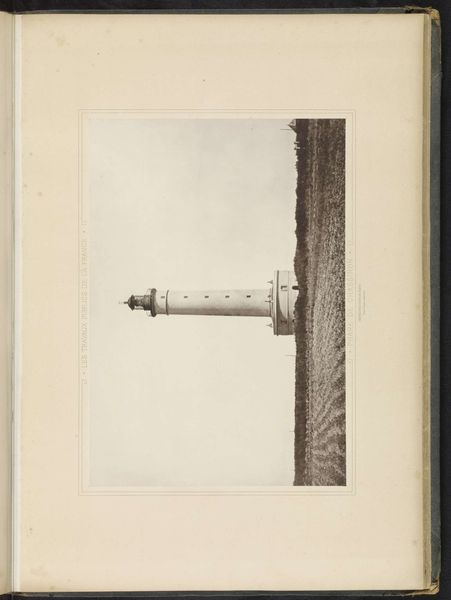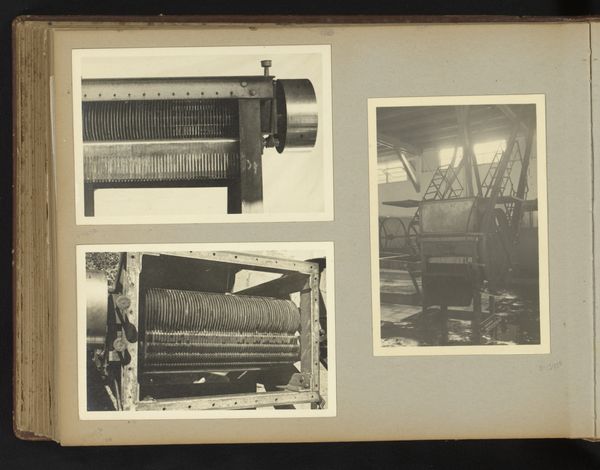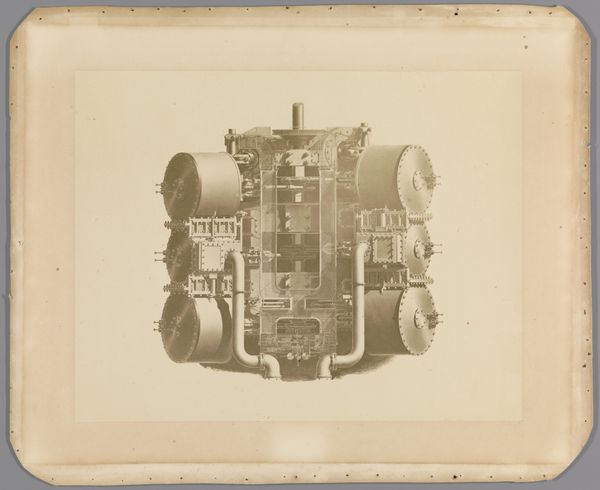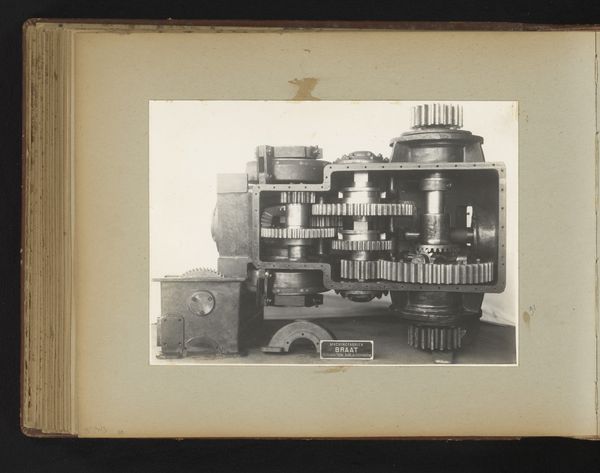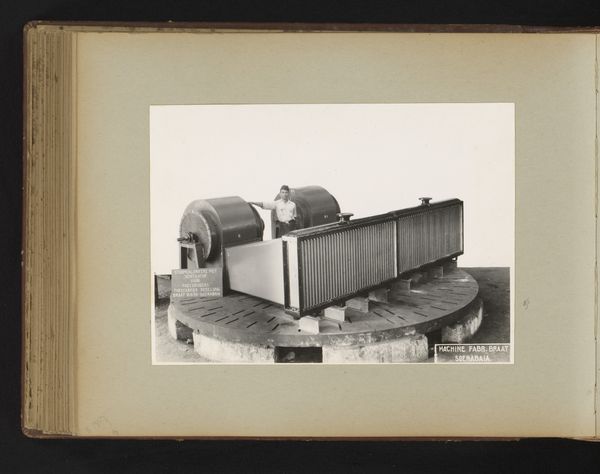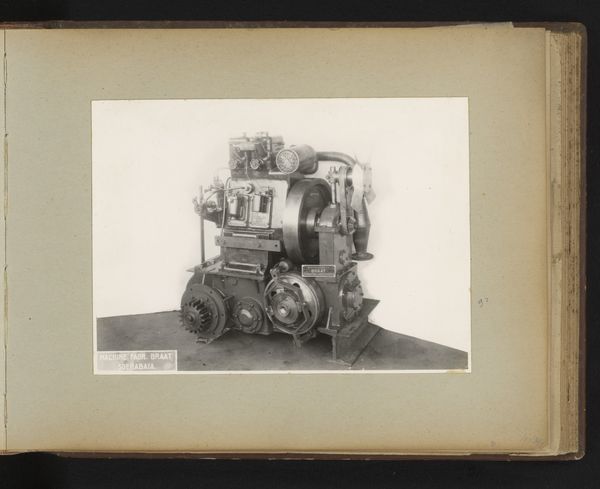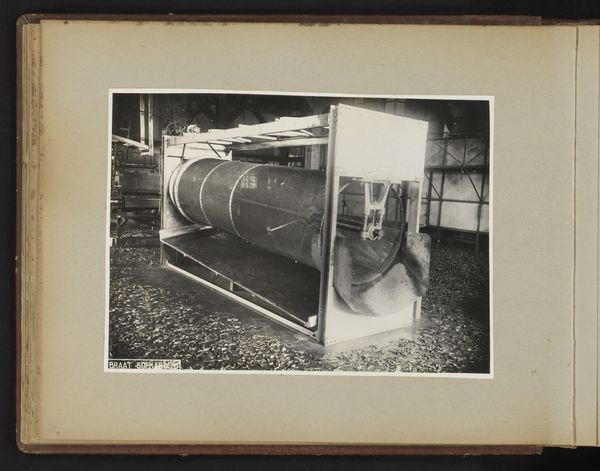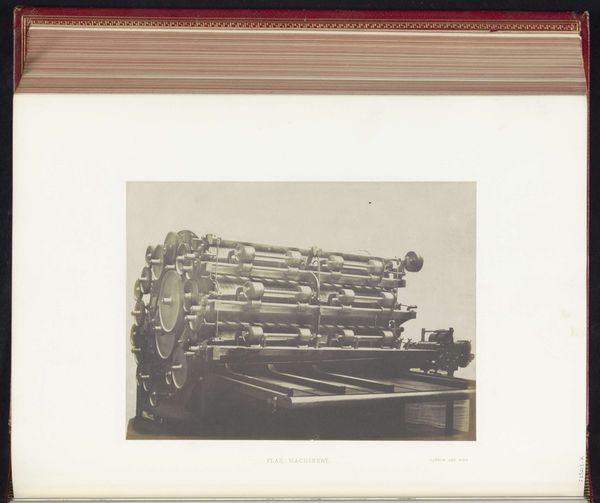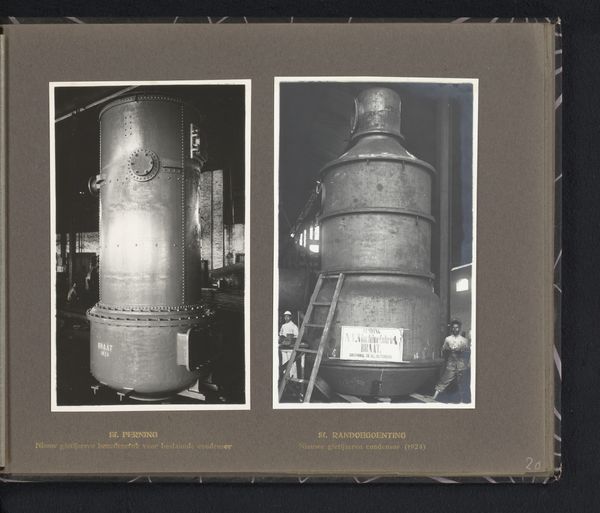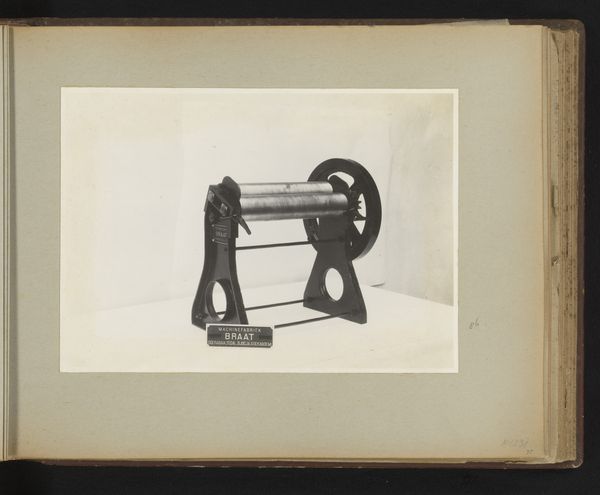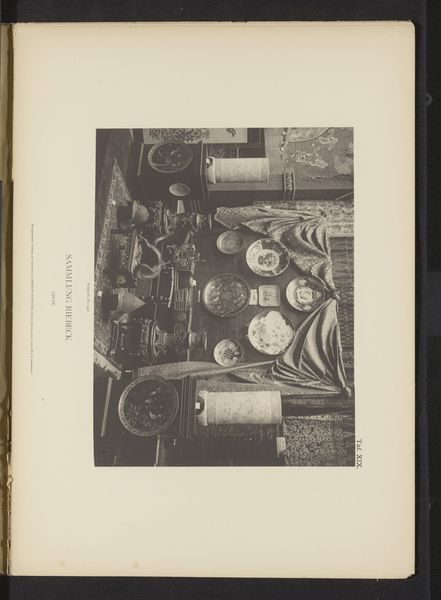
print, photography
# print
#
photography
#
realism
Dimensions: height 162 mm, width 226 mm, height 250 mm, width 320 mm
Copyright: Rijks Museum: Open Domain
Editor: Here we have an intriguing photograph, "Locomobiel ketel," from 1935, housed in the Rijksmuseum. It seems to be a very straightforward depiction of a steam engine boiler with a figure standing next to it, perhaps to give us a sense of scale. It really brings a sense of the industrial era to life. How do you see this photograph fitting into its time, or perhaps challenging conventional notions of art? Curator: This image is less about aesthetic beauty and more about the representation of the means of production. The stark realism and focus on the boiler's construction, its materiality, draw our attention to the labor and technology behind it. Editor: So it’s more of a document than a piece intended to be aesthetically pleasing. What’s the significance of that shift in focus? Curator: Exactly. This challenges the traditional art historical narrative. Rather than a unique, handcrafted object, we see a mass-producible component. The photograph itself, a medium of reproducibility, reinforces this concept. It directs us to question the boundaries between art, documentation, and the celebration—or perhaps interrogation—of industrial progress. Consider, too, the social context: factories, labour conditions… Editor: It makes you wonder who took the photo, and why. Was it simply for the factory's records, or something more intentional? Curator: Precisely! This brings us to question who commissioned the work, and who benefited from this specific representation. Were these factories supporting or exploiting local workers? What kind of lives were people living in proximity to such imposing industrial architecture? Thinking materially really changes the questions we ask. Editor: This has really expanded my understanding beyond just seeing it as a picture of a machine! I never considered how its existence questions established ideas of labour and consumption in art. Curator: Indeed. The 'how' and 'why' something is made are often just as important as 'what' it is. And by considering material, we consider a complex matrix of political and economic incentives at play, enriching the way we perceive even an object as utilitarian as a steam boiler.
Comments
No comments
Be the first to comment and join the conversation on the ultimate creative platform.
